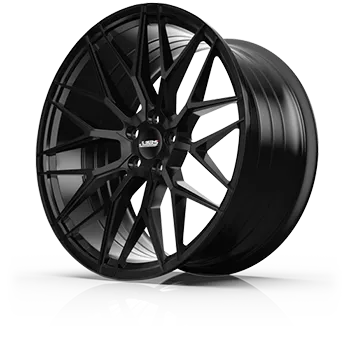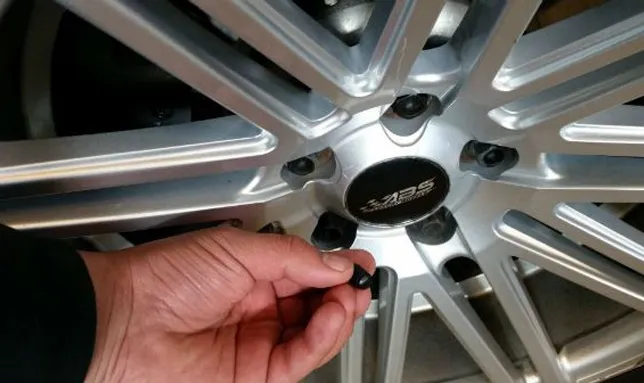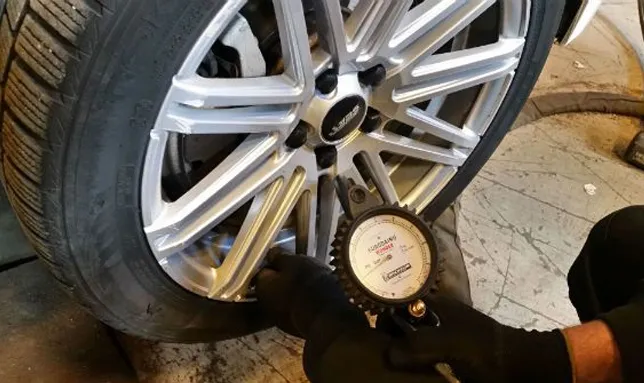Tire pressure and saftey
Maintaining the correct tire pressure is vital for several reasons. First and foremost, it ensures safety on the road. Underinflated tires can lead to poor handling, reduced traction, and increased braking distances, increasing the risk of accidents. Conversely, overinflated tires can result in a harsher ride, reduced contact with the road, and a higher chance of blowouts and damages to the wheels.
Tire pressure and fuel efficiency
Proper tire pressure also impacts fuel efficiency. Underinflated tires create more rolling resistance, causing the engine to work harder and consume more fuel. Maintaining the right pressure can lead to significant savings at the pump.
Tire pressure and tire health
Furthermore, correct tire pressure extends tire lifespan, reducing the frequency of replacements and lowering maintenance costs. It's a simple yet crucial aspect of vehicle maintenance that ensures safety, fuel economy, and overall vehicle performance.






